-
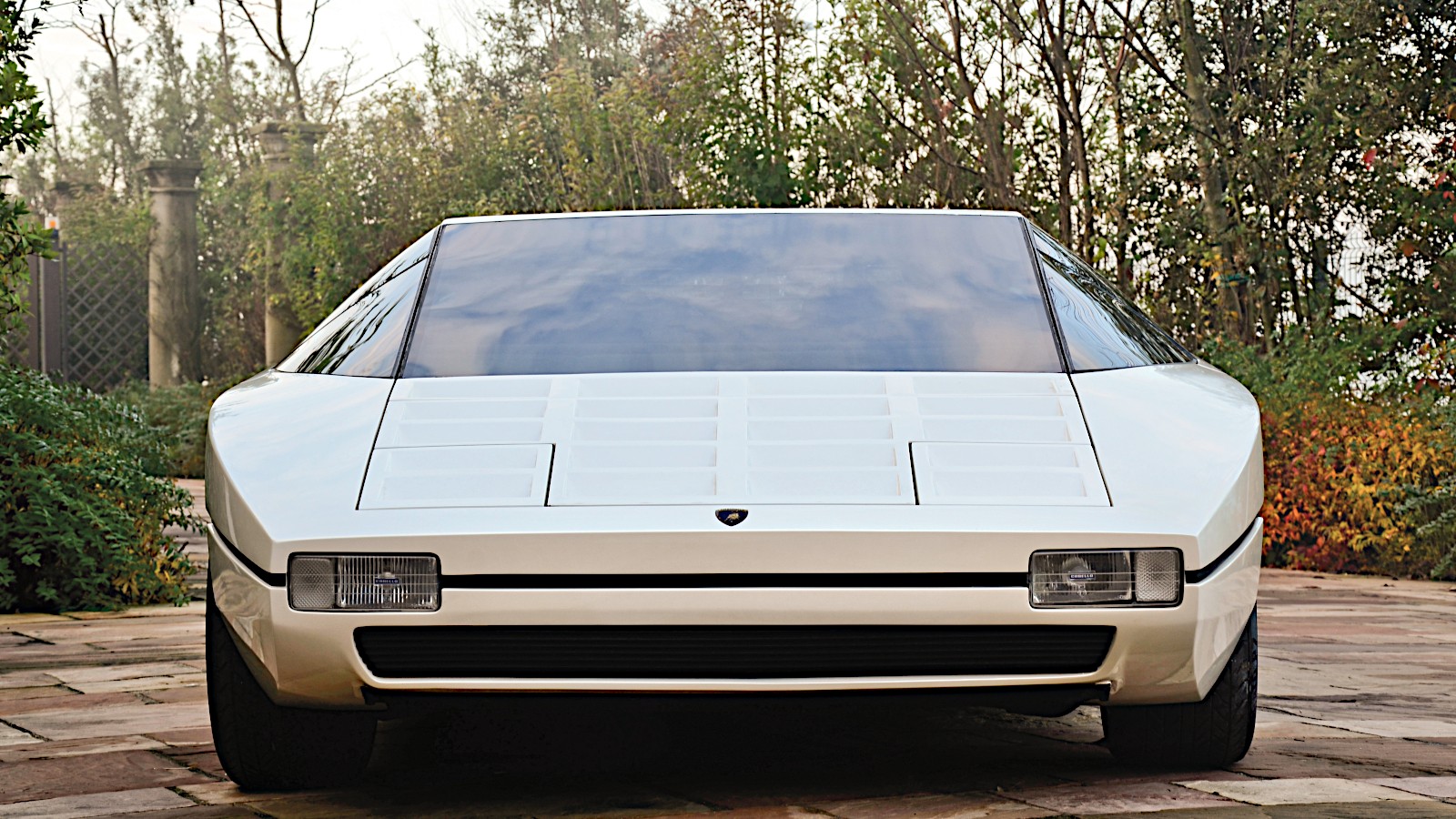 © Tom Wood/RM Auctions
© Tom Wood/RM Auctions -
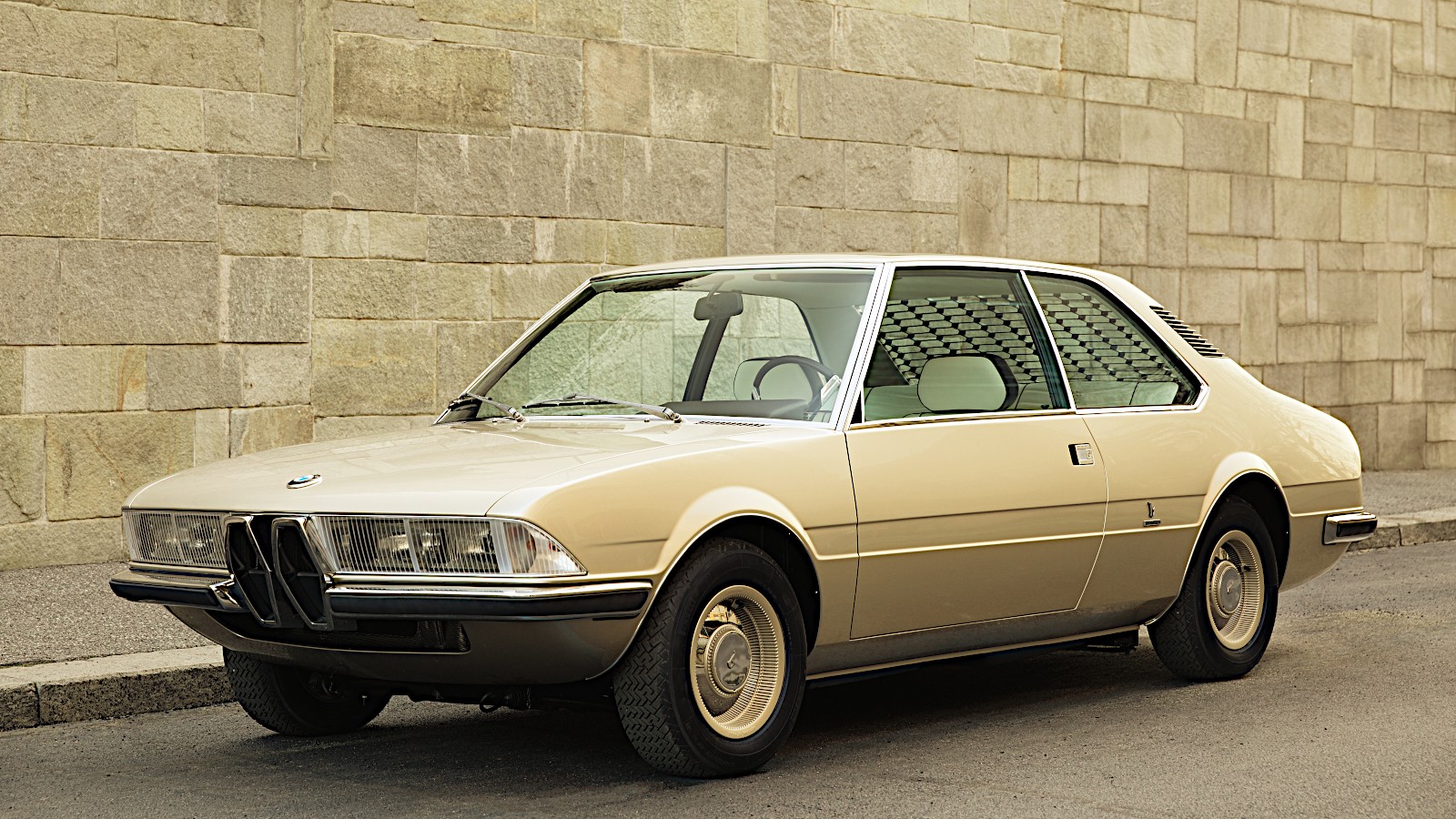 © BMW
© BMW -
 © Morio/Creative Commons licence https://creativecommons.org/licenses/by-sa/3.0/legalcode
© Morio/Creative Commons licence https://creativecommons.org/licenses/by-sa/3.0/legalcode -
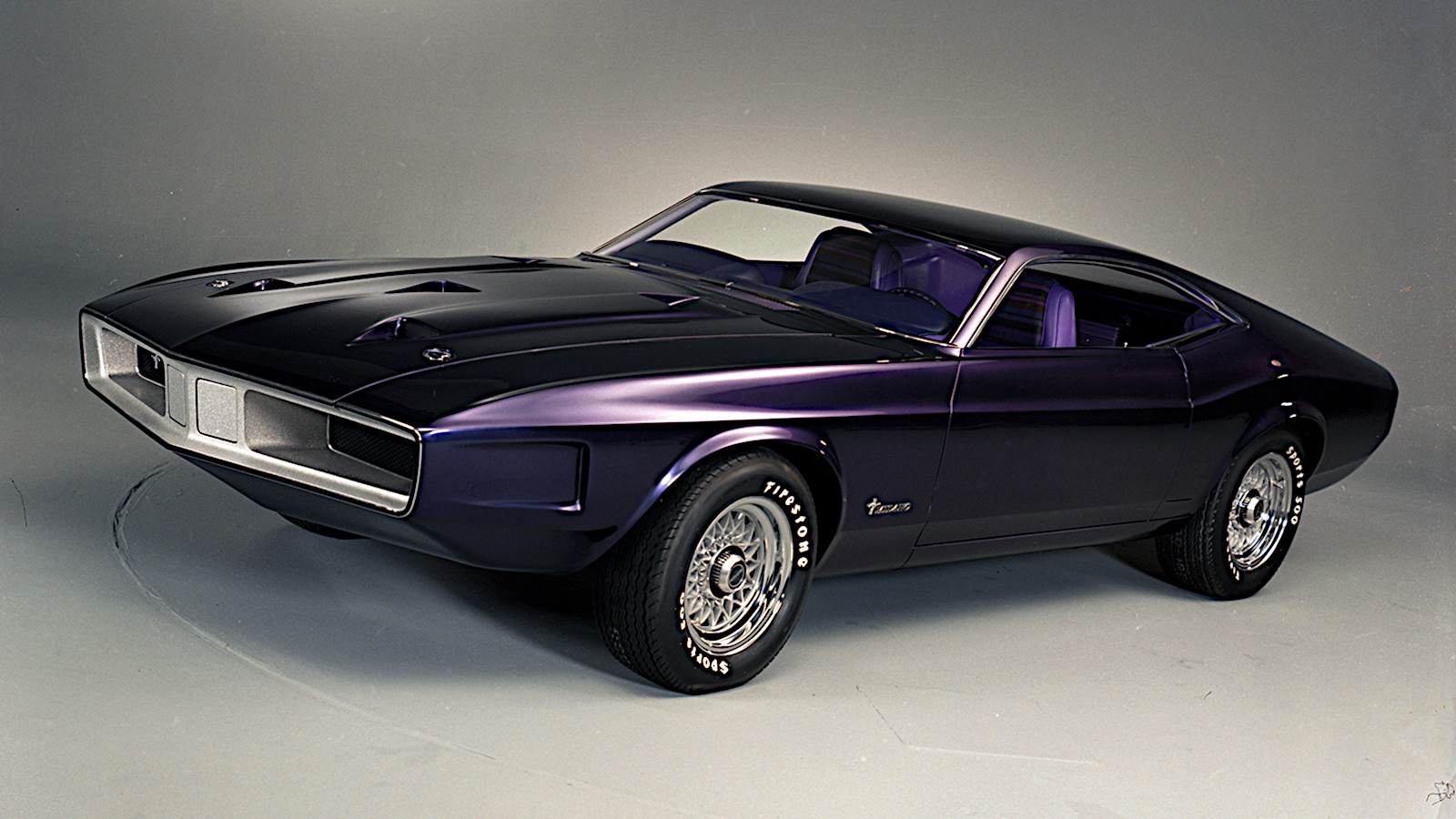 © Ford
© Ford -
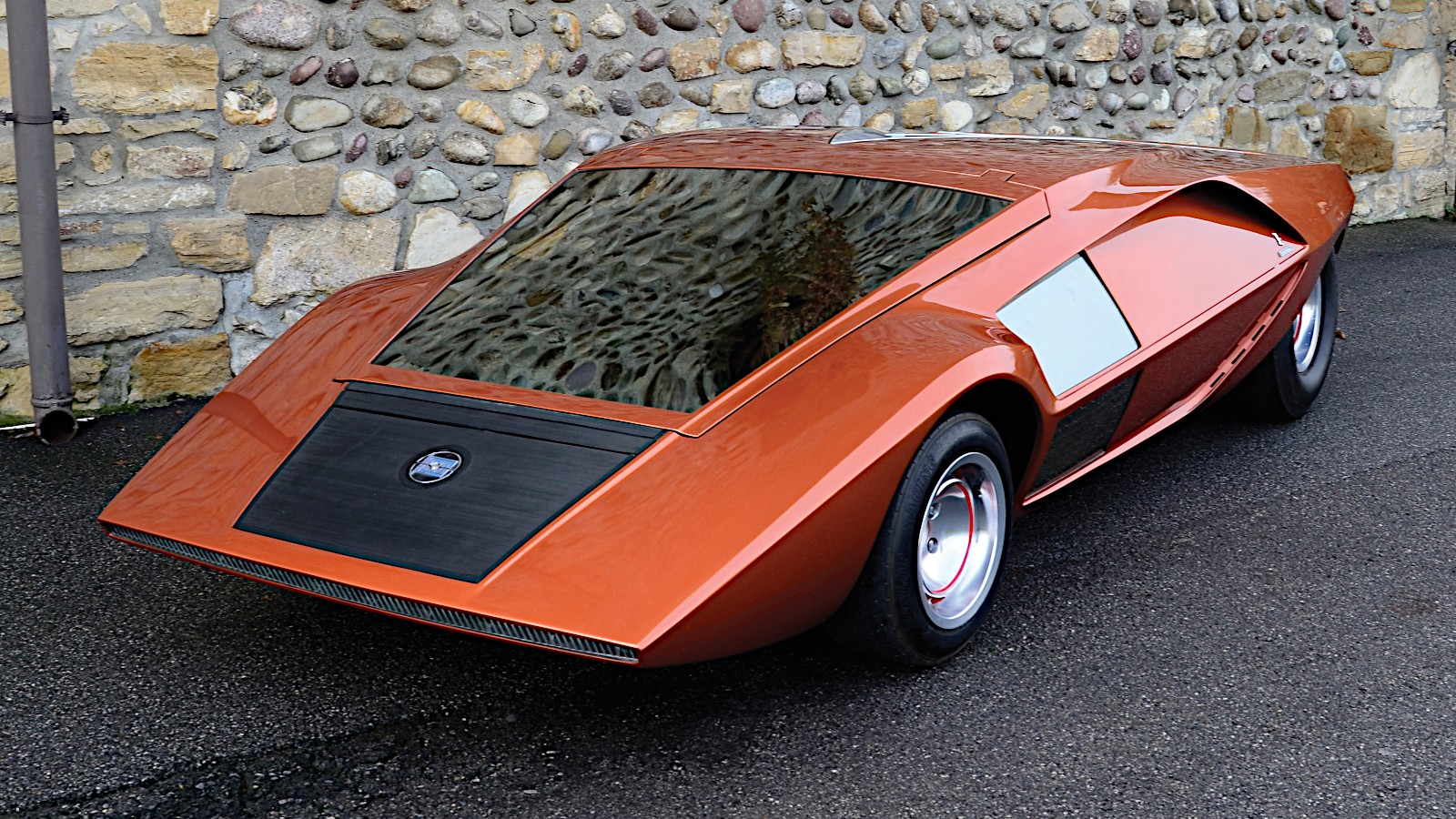 © Tom Wood/RM Auctions
© Tom Wood/RM Auctions -
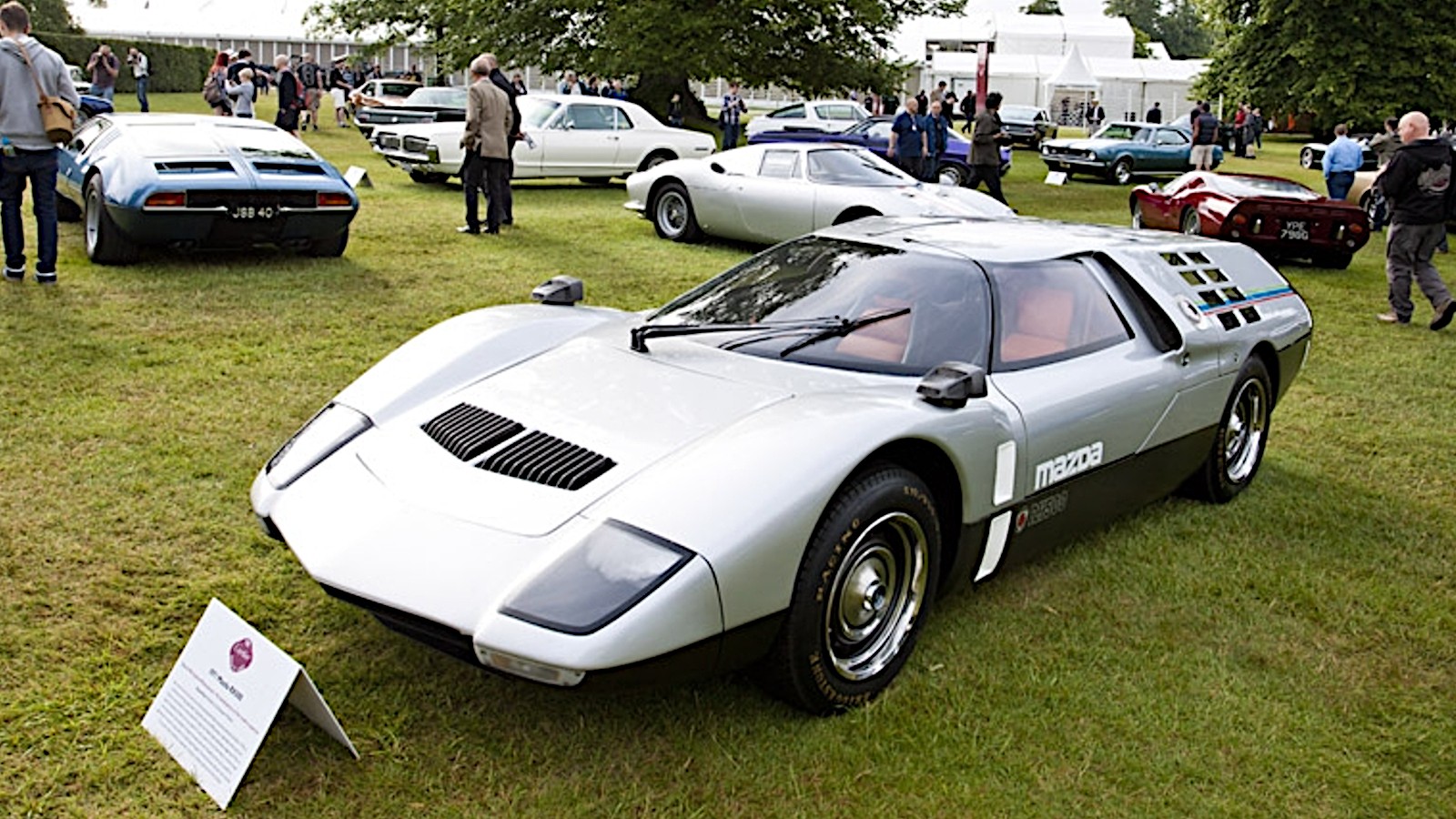 © Mazda
© Mazda -
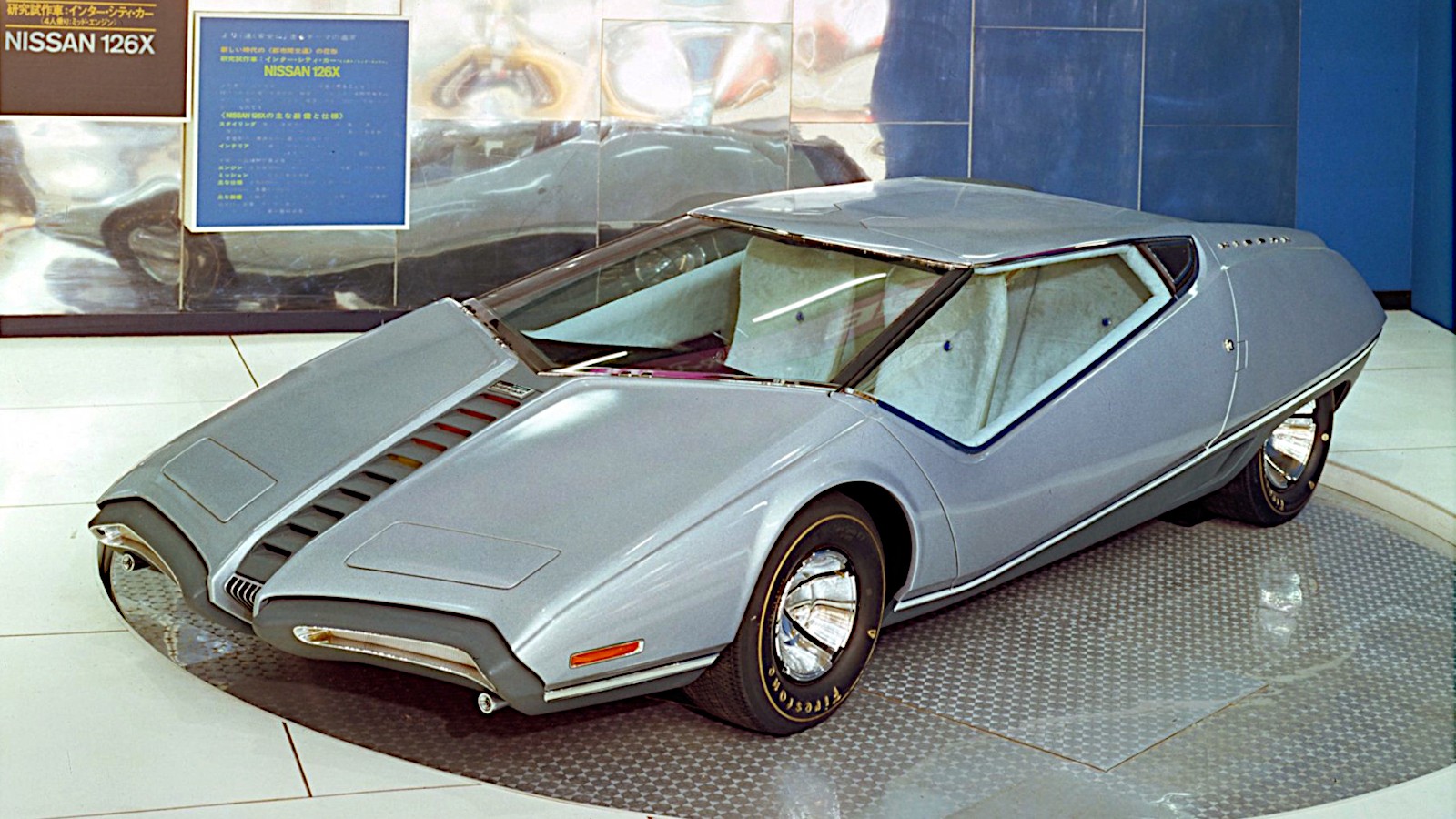 © Nissan
© Nissan -
 © Toyota
© Toyota -
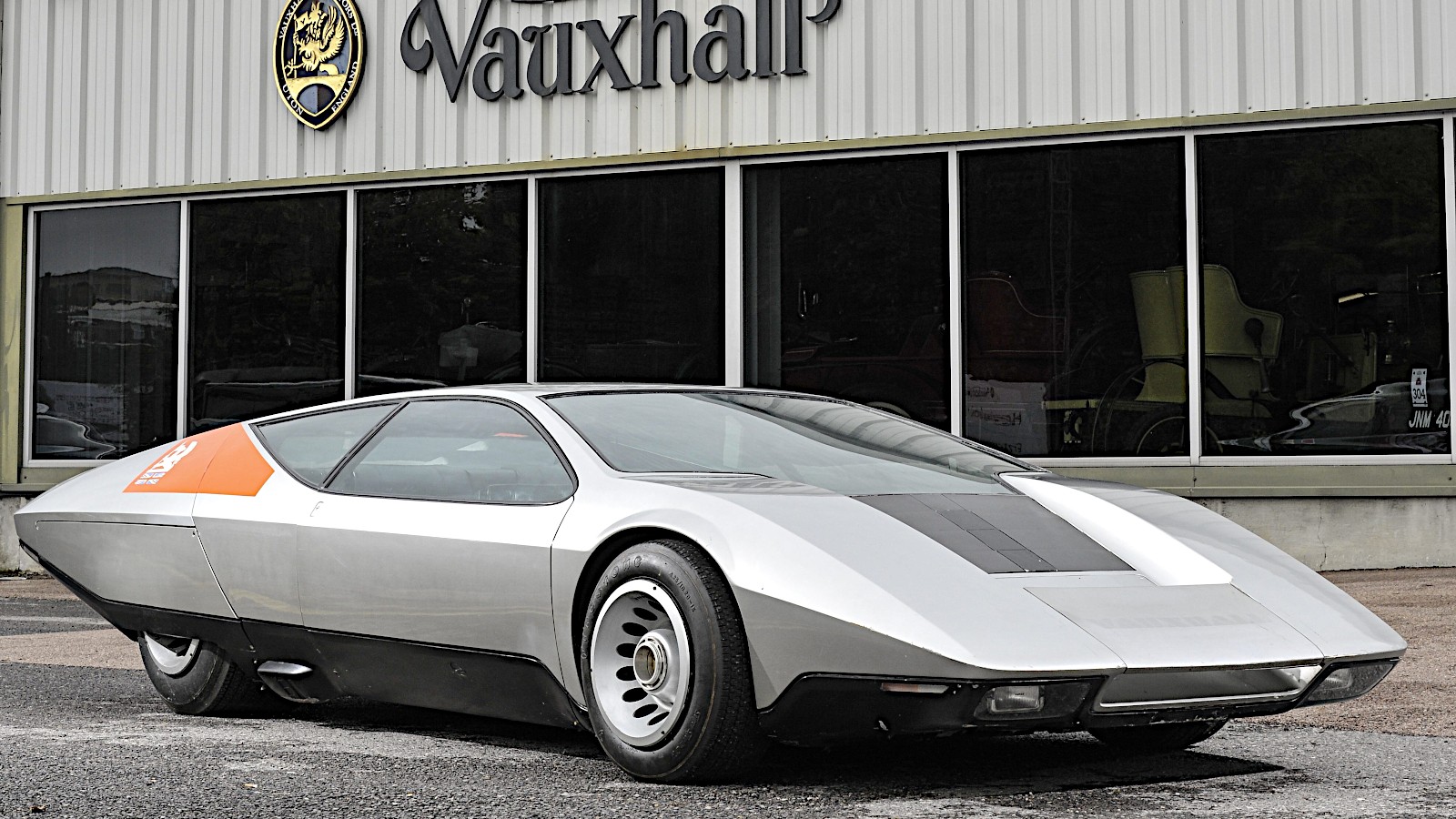 © Stellantis
© Stellantis -
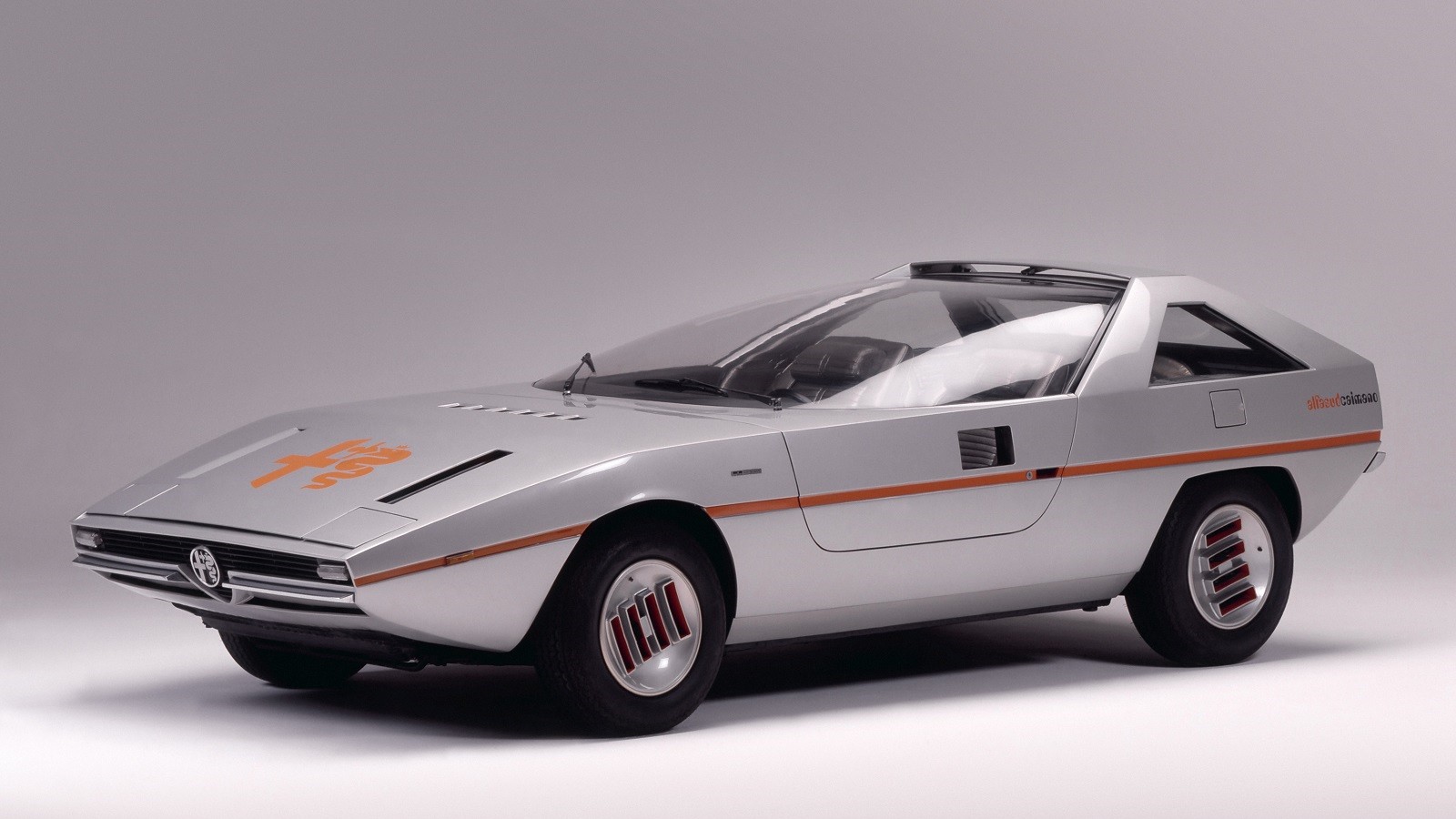 © Classic & Sports Car
© Classic & Sports Car -
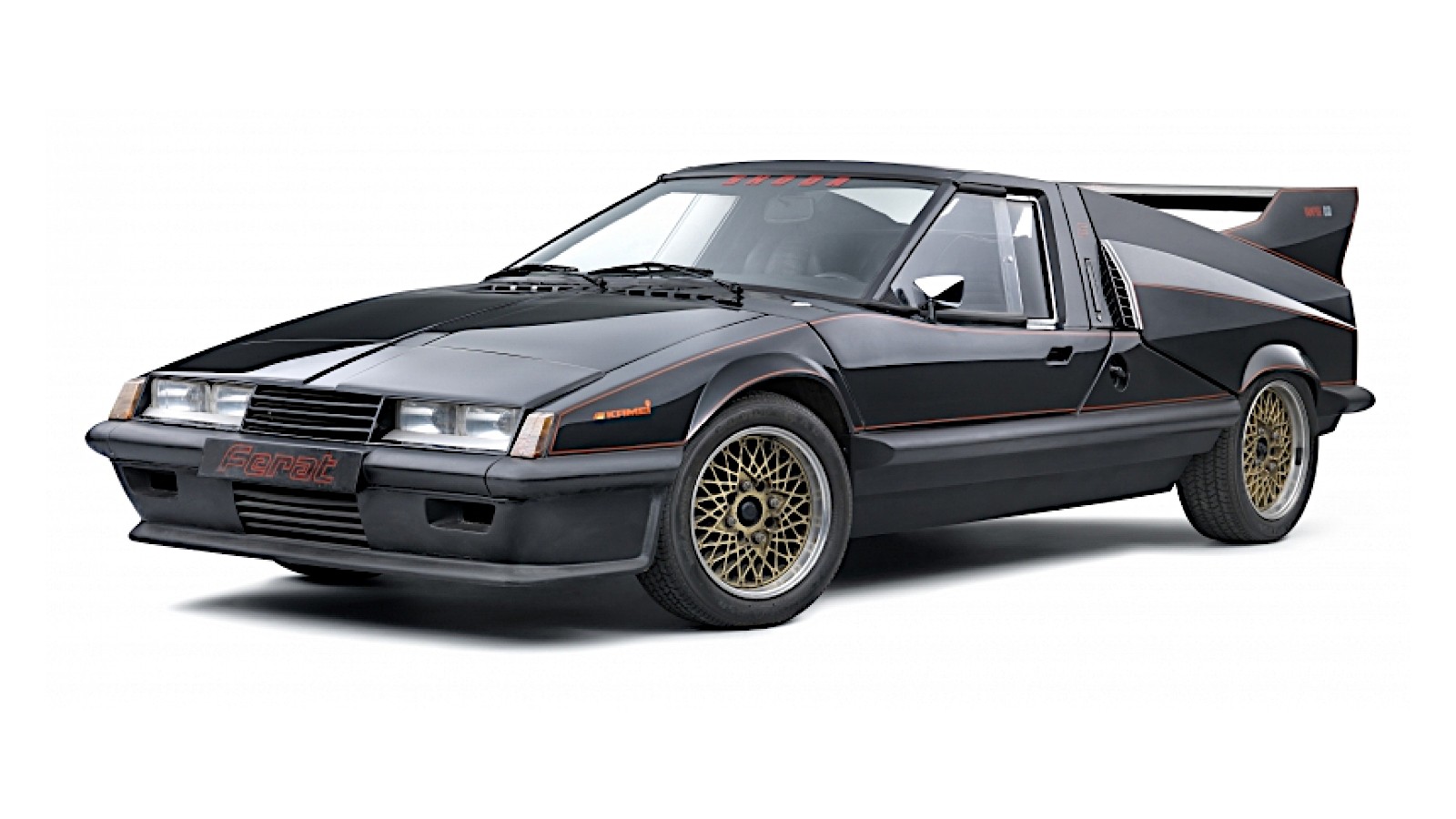 © Škoda
© Škoda -
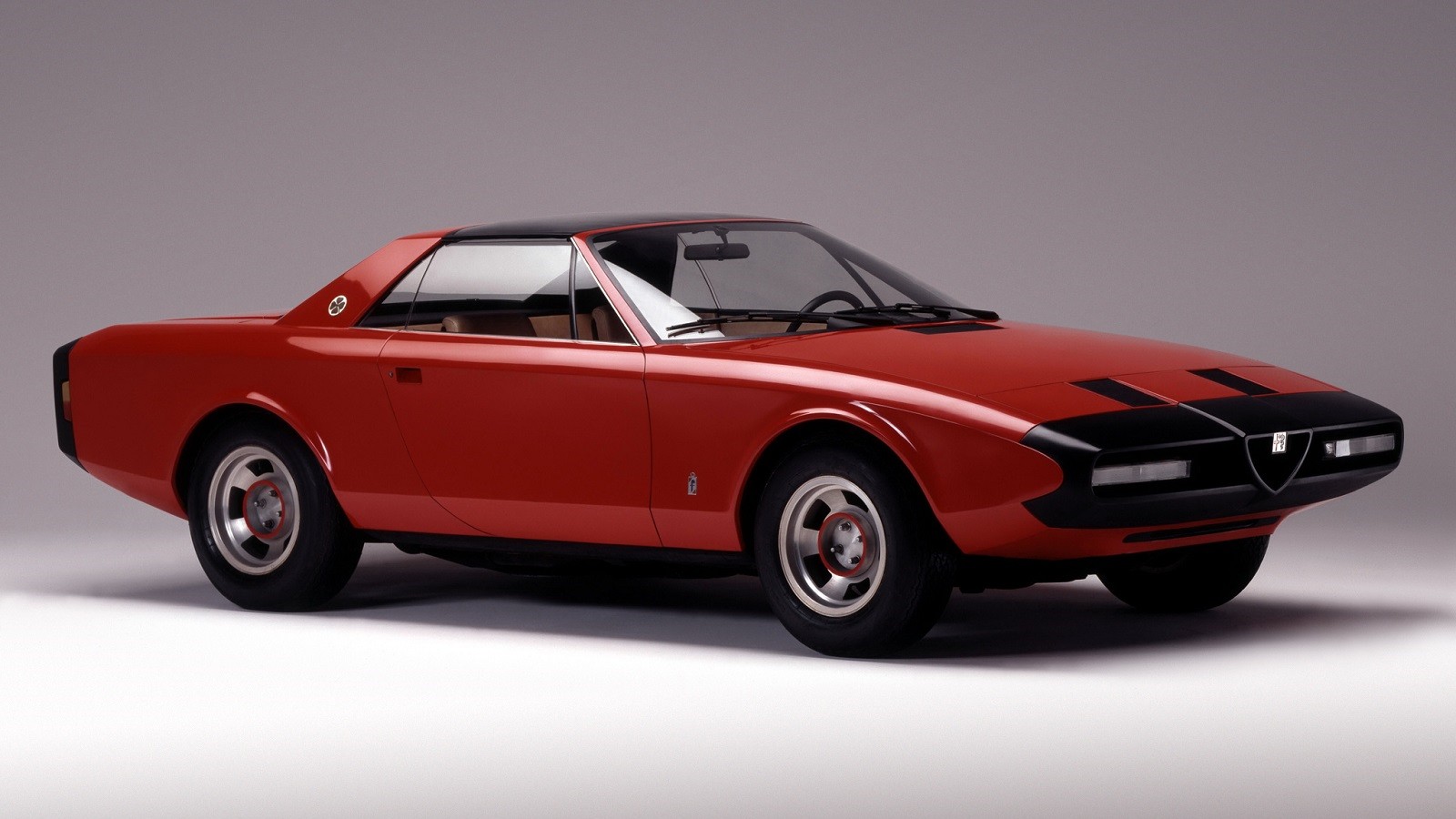 © Classic & Sports Car
© Classic & Sports Car -
 © BMW
© BMW -
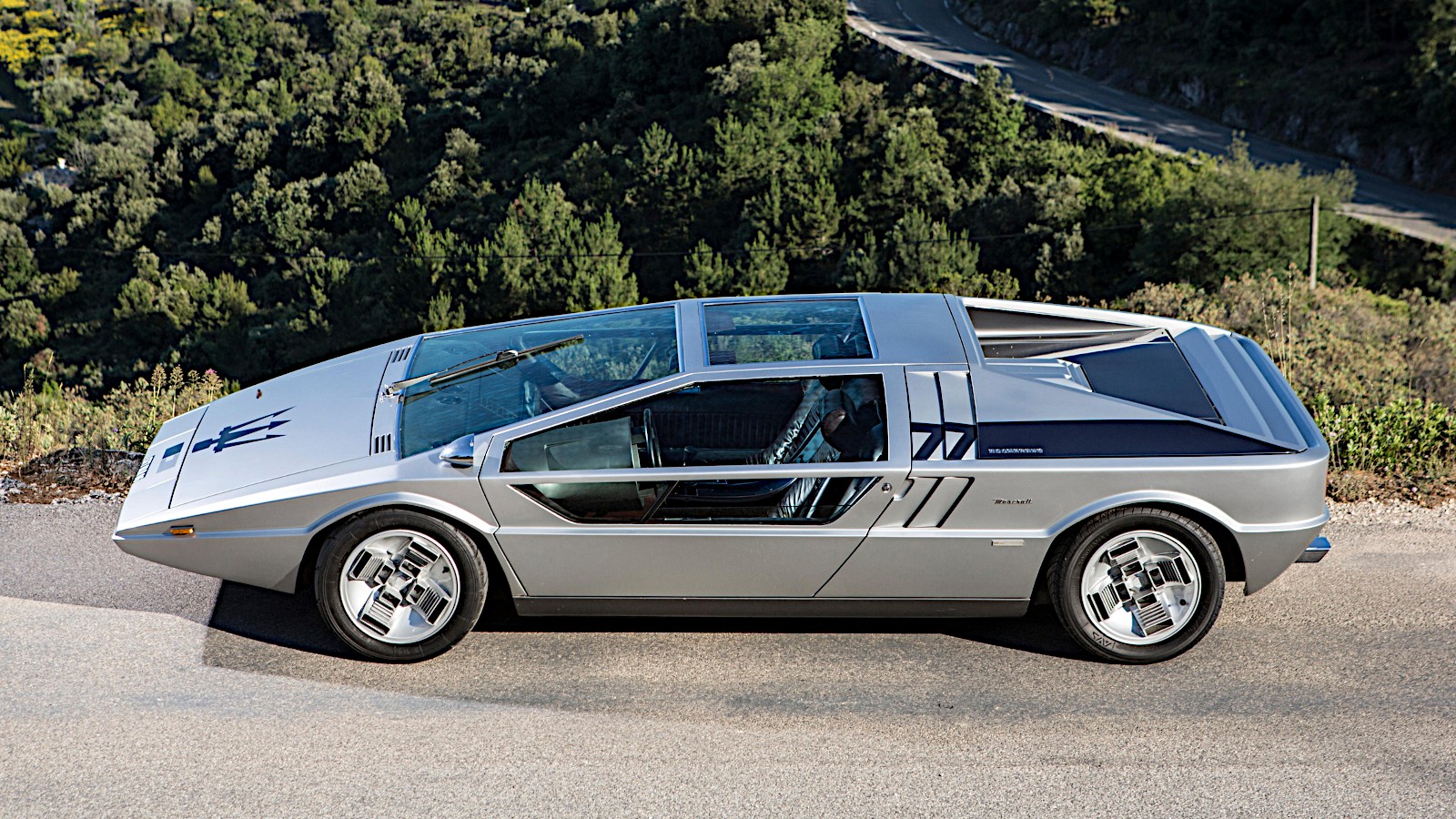 © Bonhams
© Bonhams -
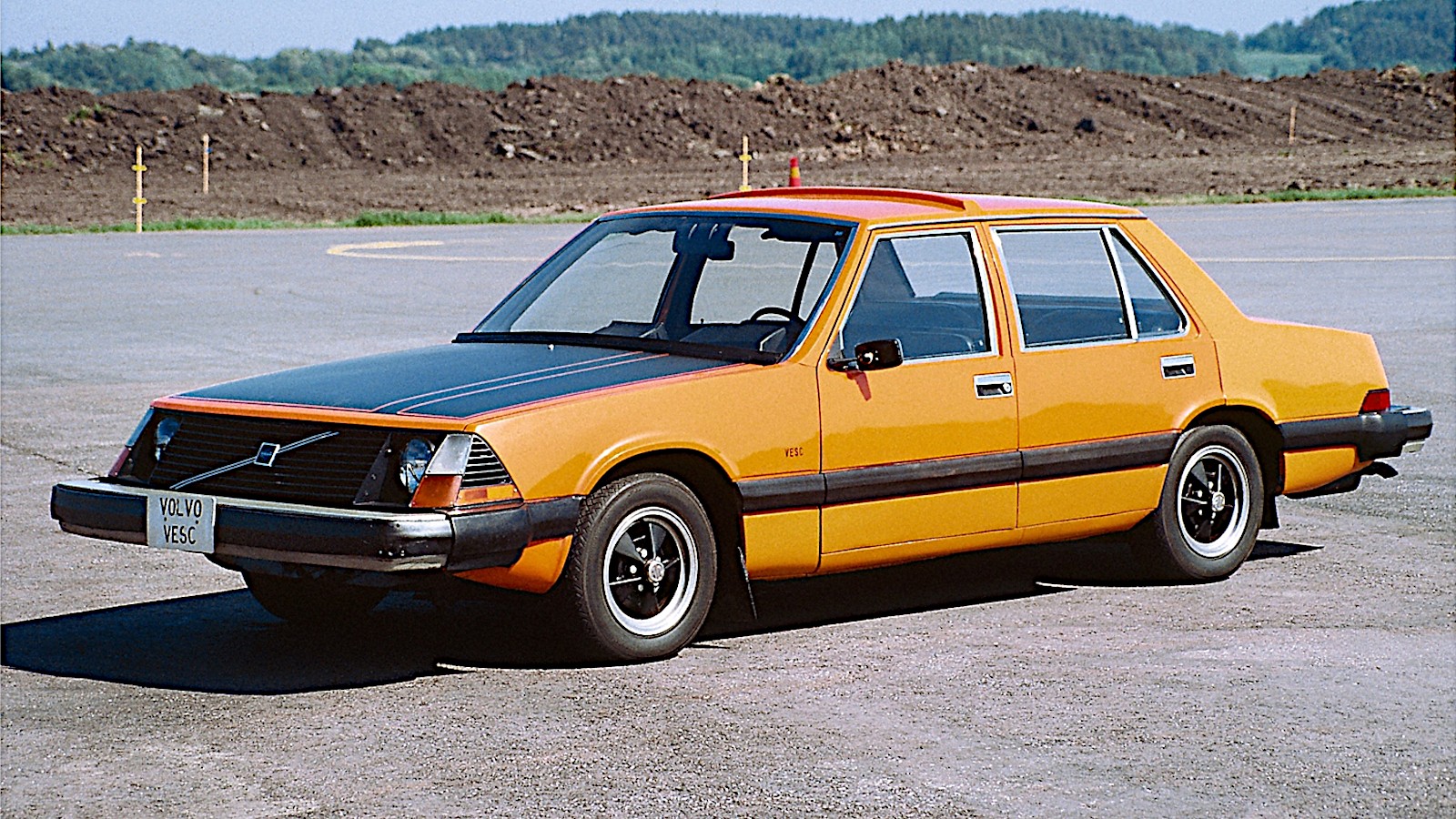 © Volvo
© Volvo -
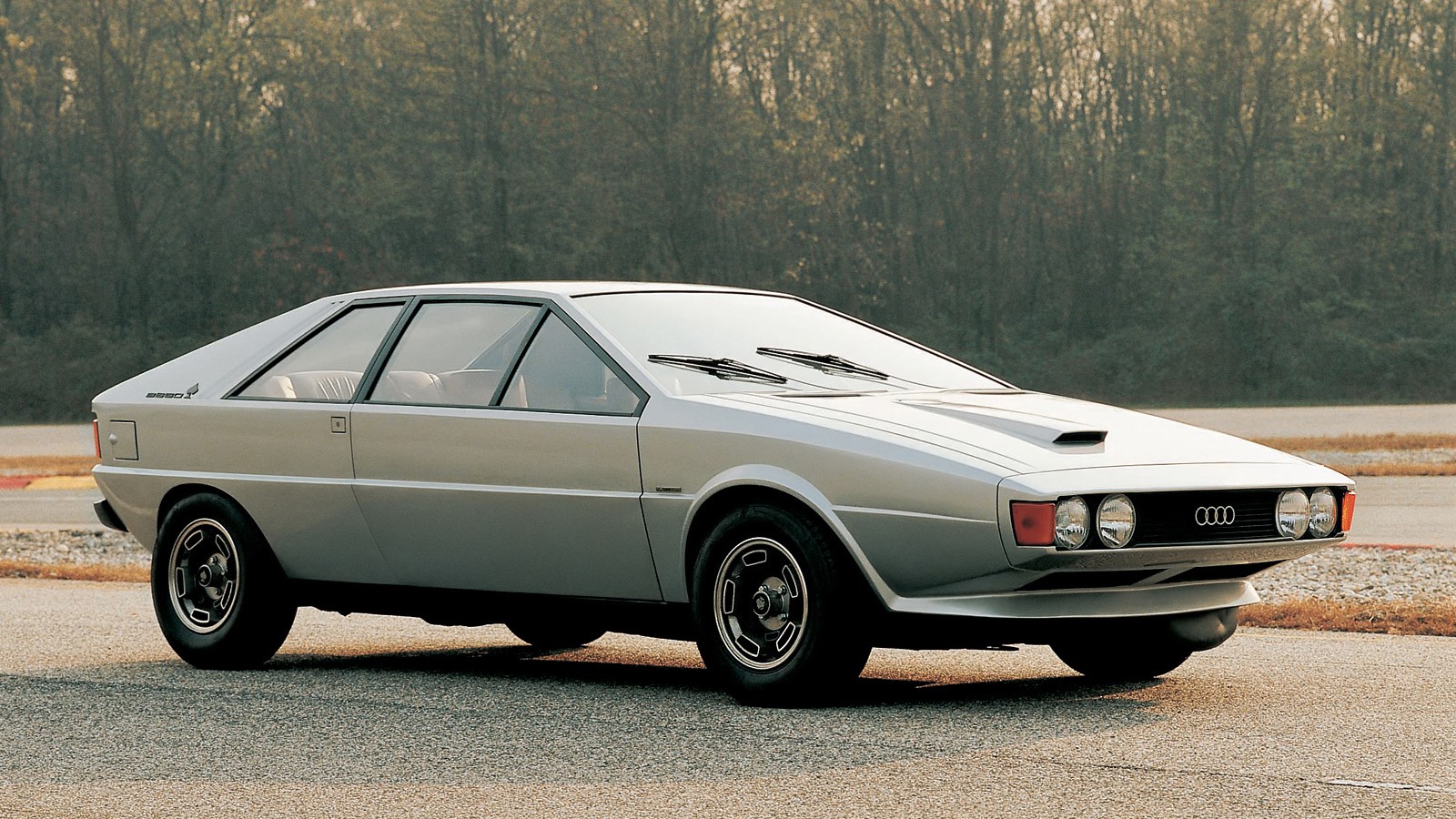 © Classic & Sports Car
© Classic & Sports Car -
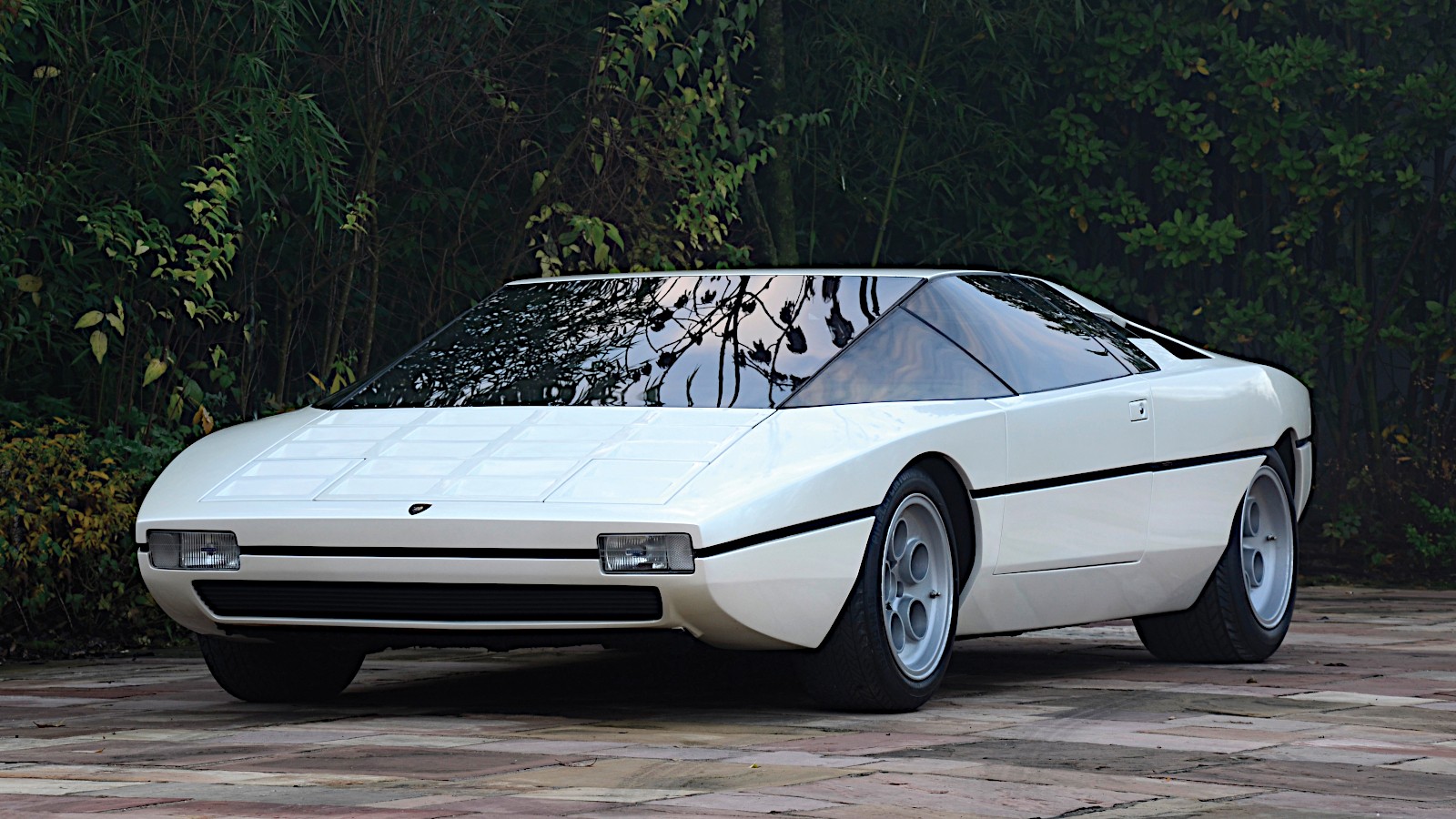 © Tom Wood/RM Auctions
© Tom Wood/RM Auctions -
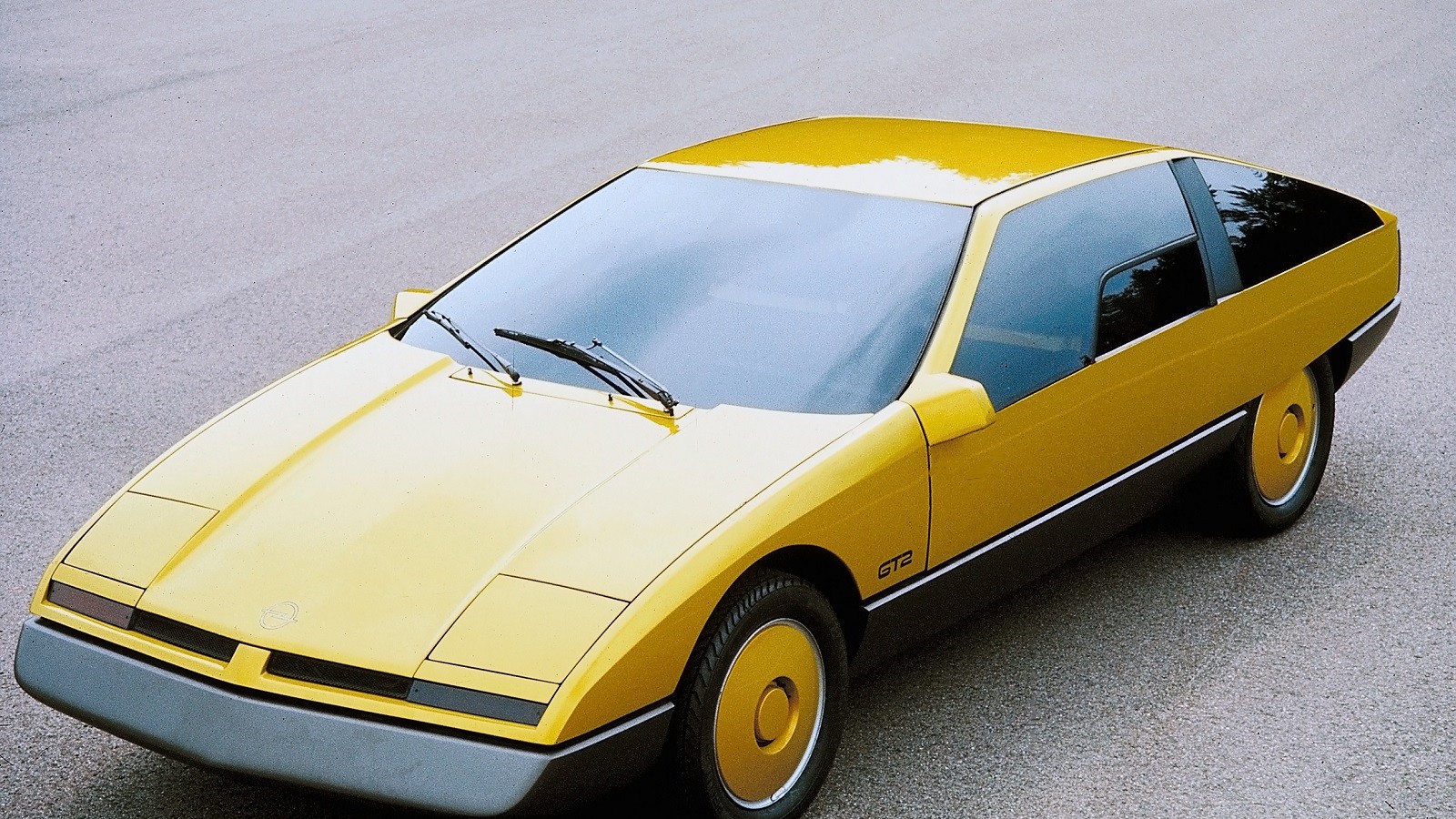 © Classic & Sports Car
© Classic & Sports Car -
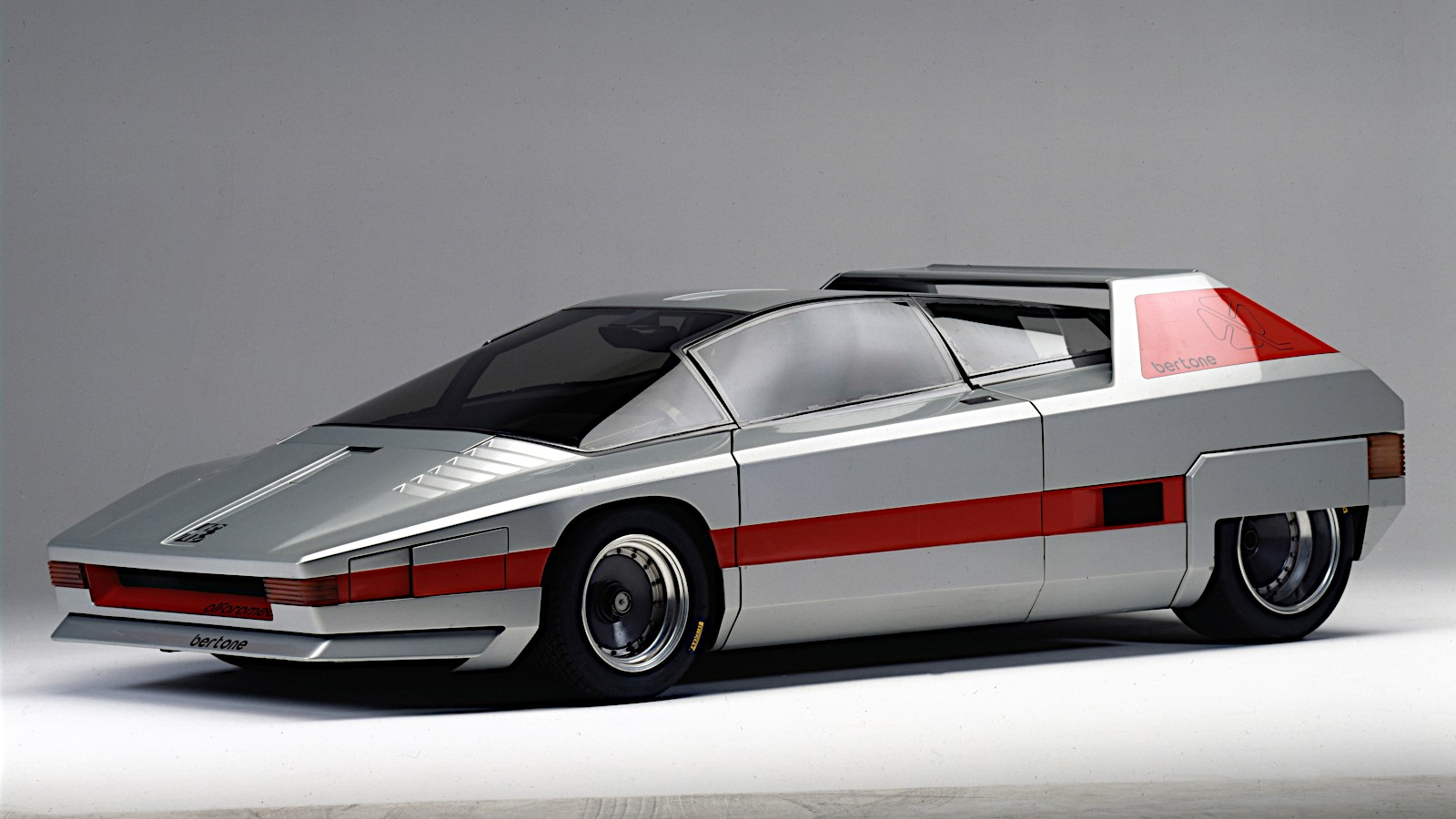 © Stellantis
© Stellantis -
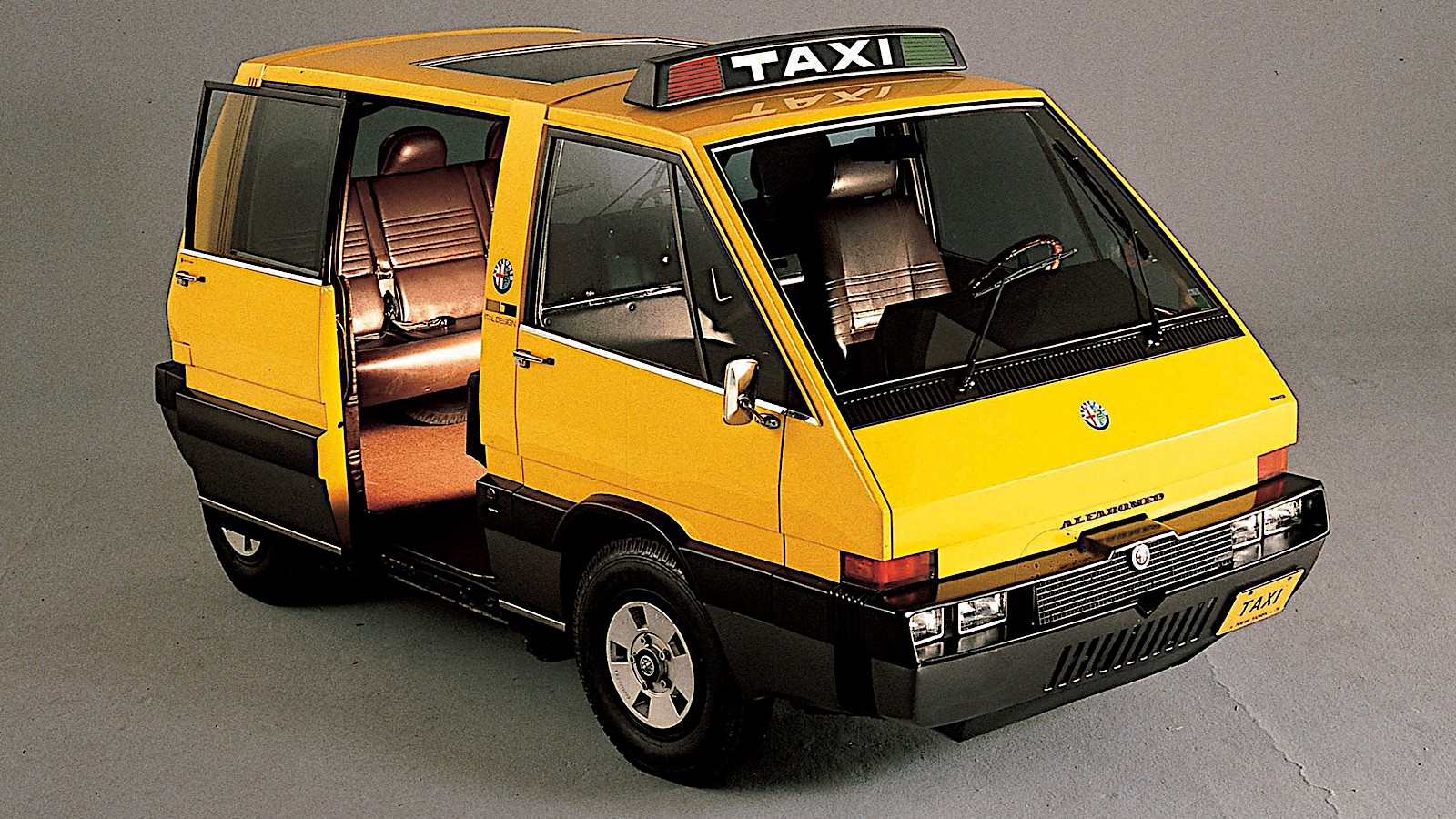 © Stellantis
© Stellantis -
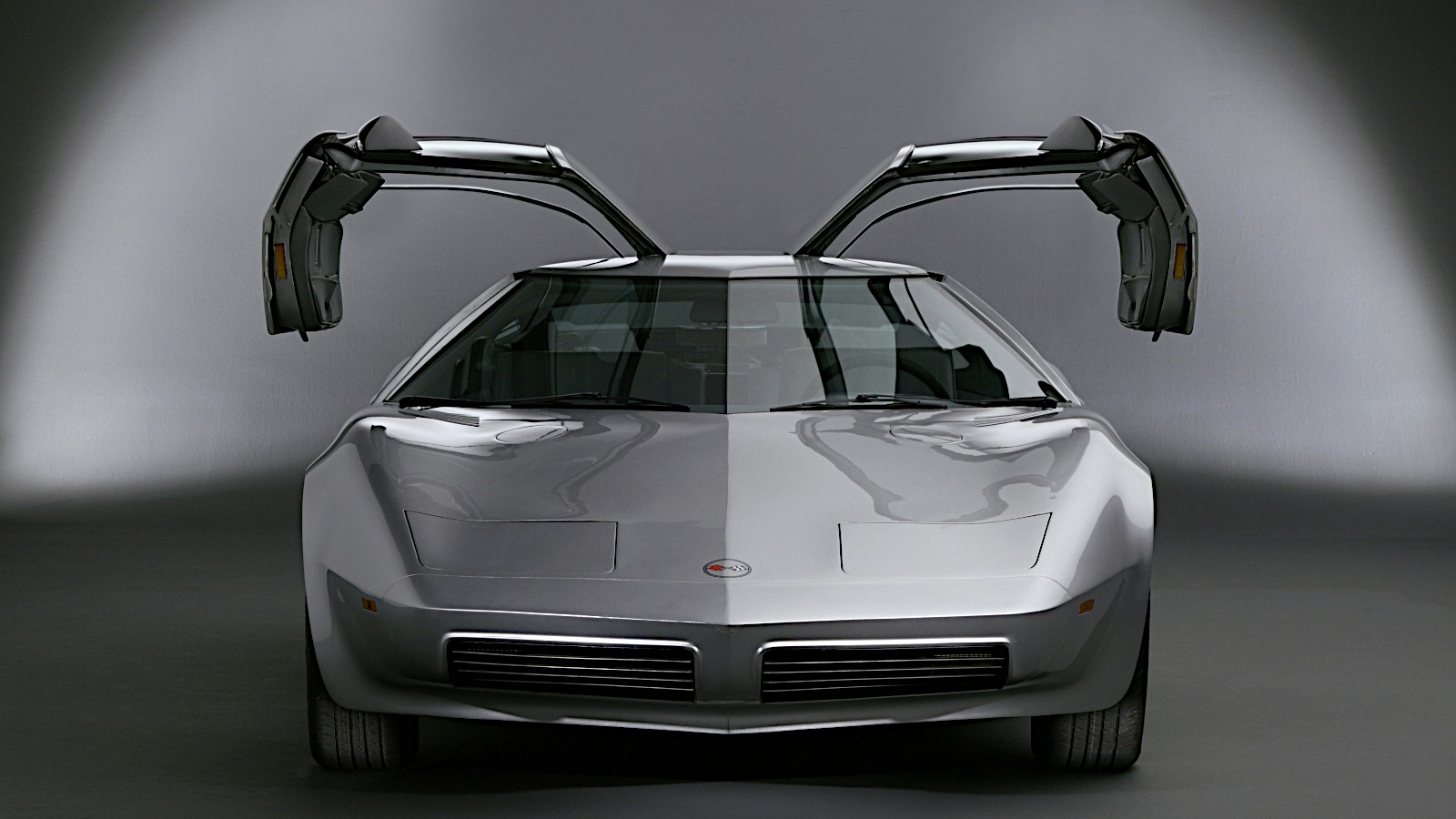 © Concours Virtual
© Concours Virtual -
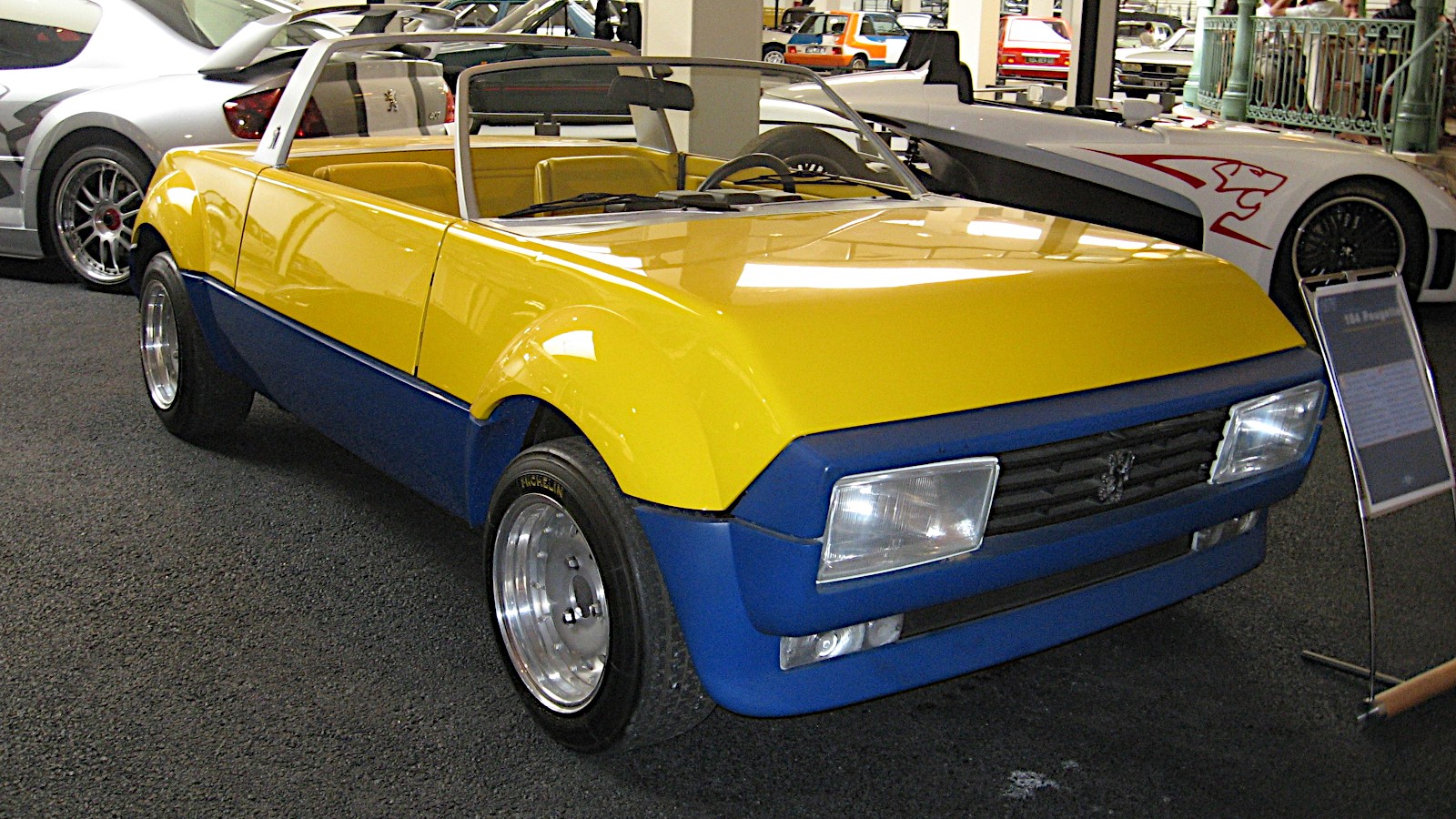 © Luc106/Public domain
© Luc106/Public domain -
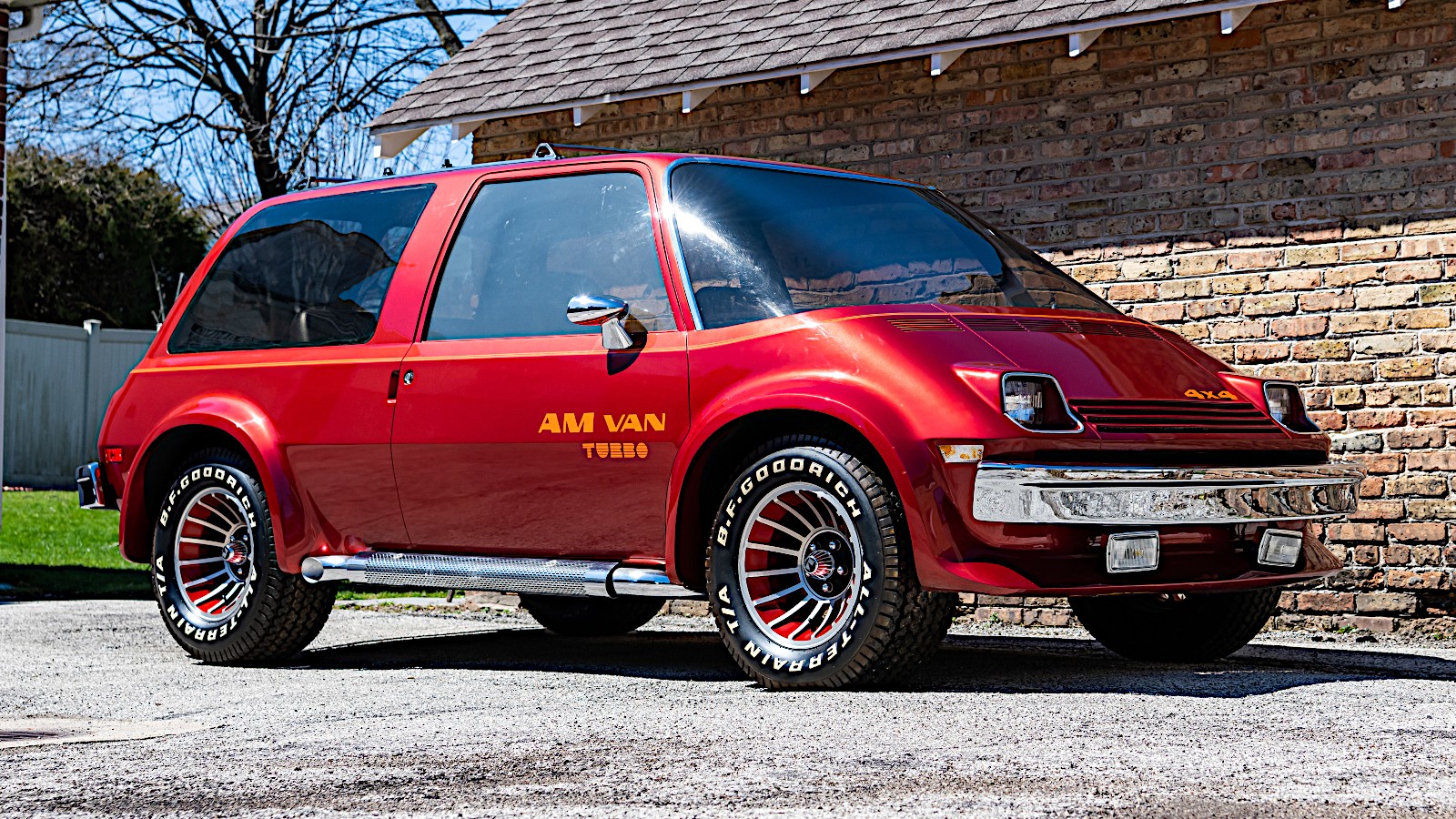 © RM Sotheby’s
© RM Sotheby’s -
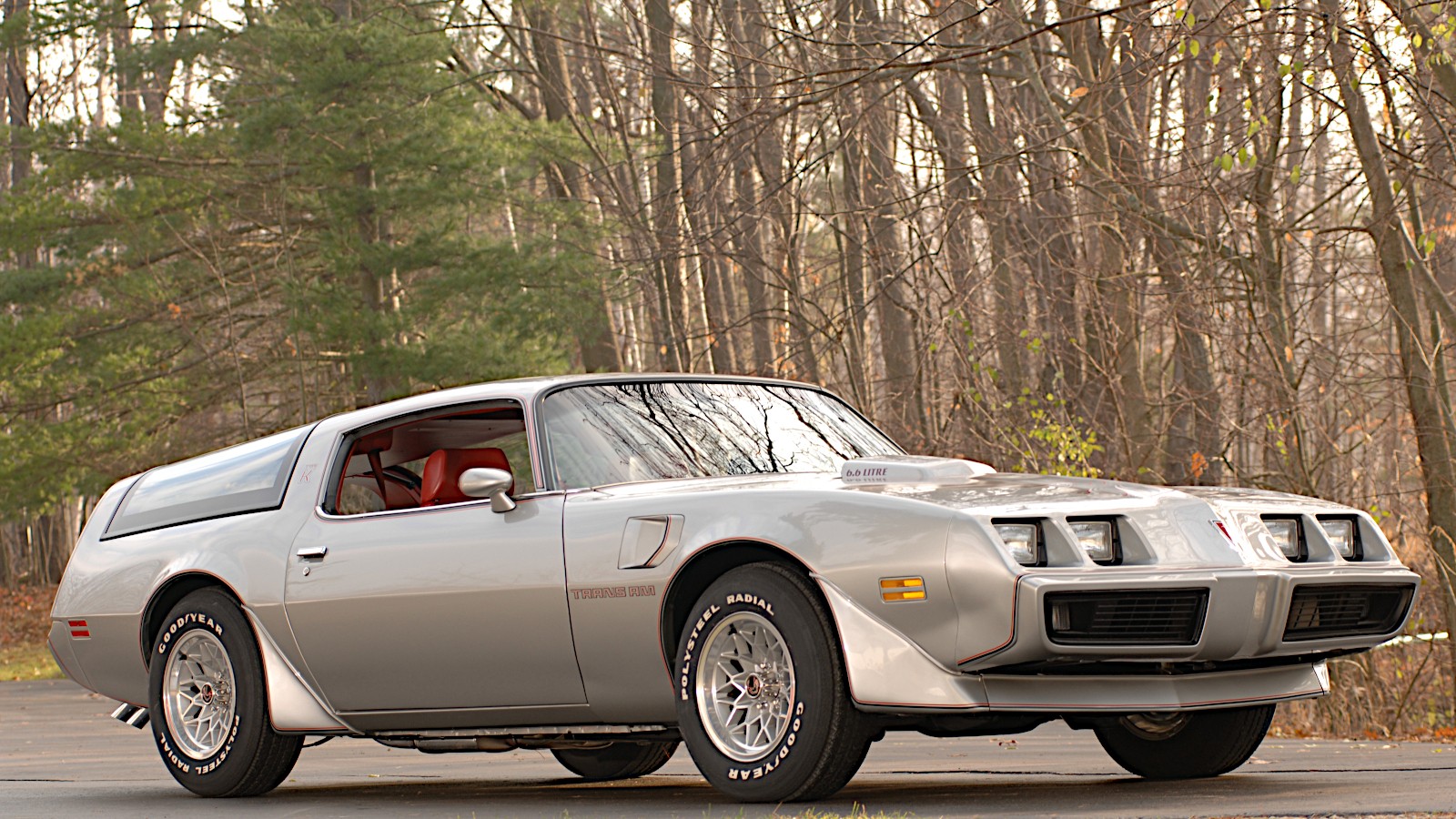 © RM Sotheby’s
© RM Sotheby’s -
 © Stellantis
© Stellantis -
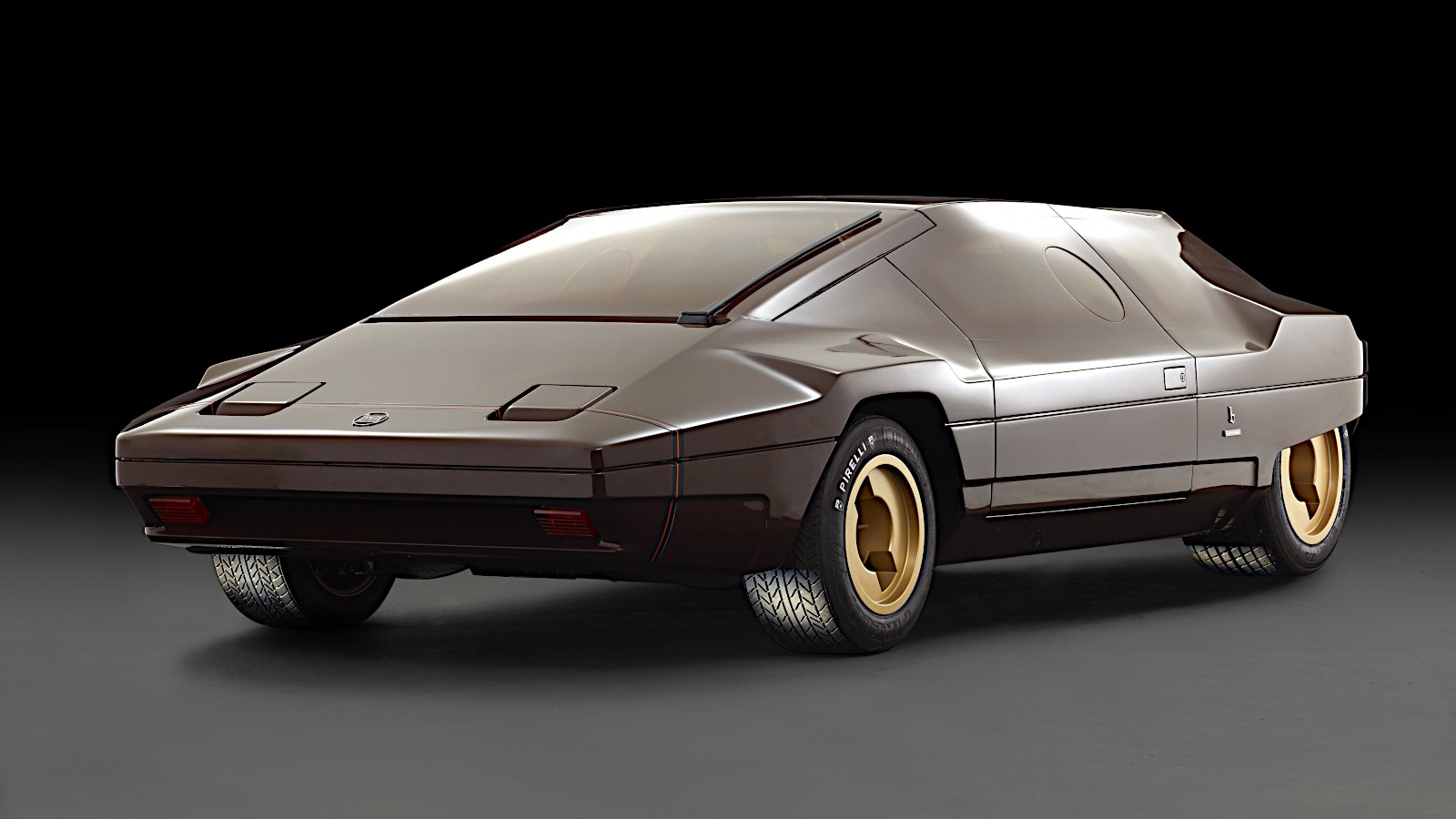 © Concours Virtual
© Concours Virtual -
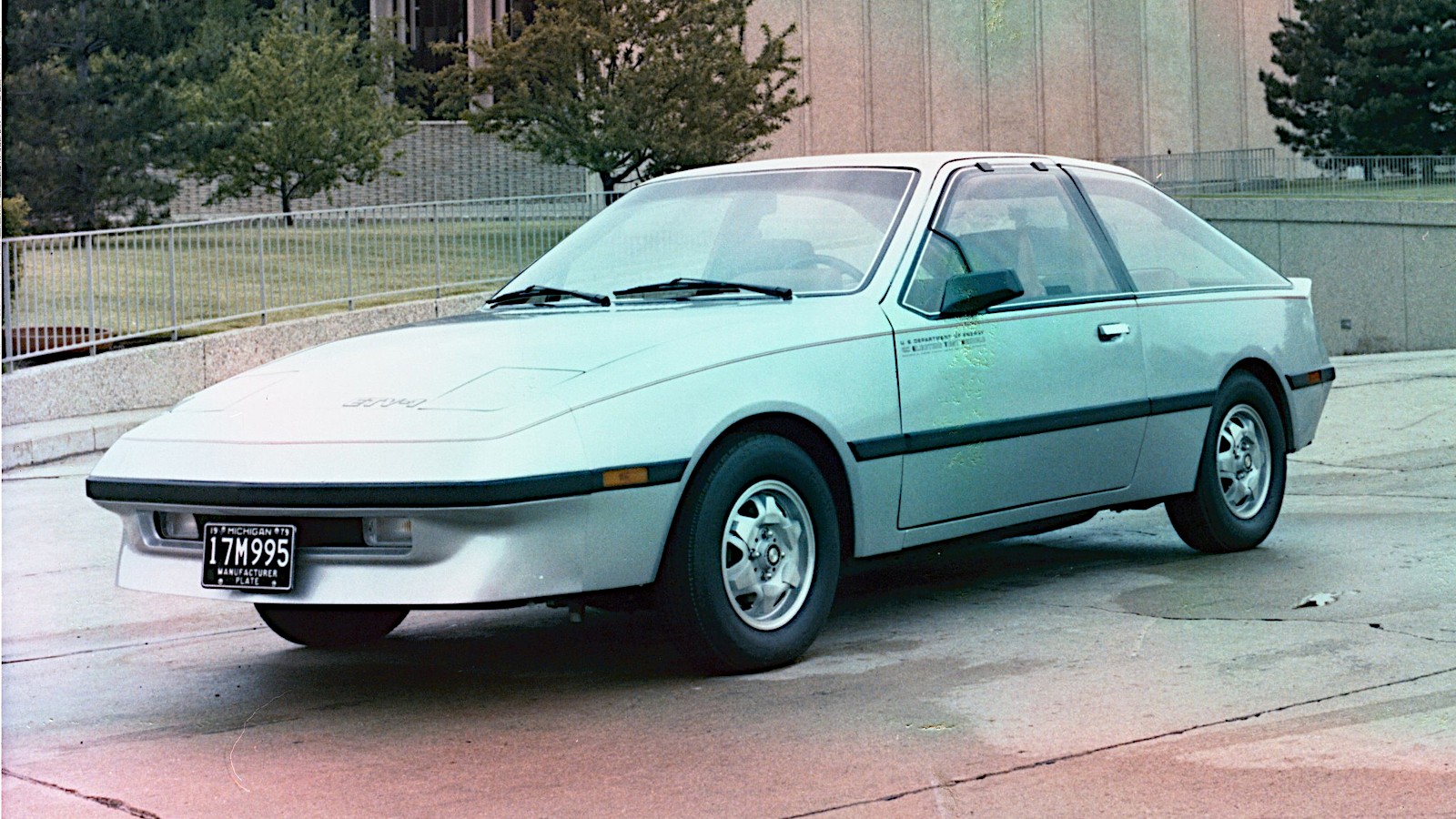 © Hank Seidel/Public domain
© Hank Seidel/Public domain
-
Show stars of the ’70s
A concept car can be created for many reasons.
It might be a serious research vehicle, or a showcase for an independent design house, or simply a way for a manufacturer to generate a lot of publicity very quickly at relatively low cost.
All of these possibilities were in evidence during the 1970s, a particularly fruitful decade for concept cars.
Here we look at 26 examples, listed in order of the years they first appeared.
-
1. BMW Garmisch (1970)
The Garmisch was a mid-sized coupé designed by Marcello Gandini of Bertone.
It was named after the Bavarian ski resort in a deliberate attempt to create interest in Italy, many of whose residents are very enthusiastic about skiing.
In BMW’s words, the Garmisch ‘vanished after its debut at the Geneva motor show in 1970’. Nearly half a century later, the company built a replica (pictured), which made its debut in 2019.
Before the project began, Gandini was asked for his approval, which he happily gave. “Having seen the final car, it is hard for me to even distinguish it from the original,” he said later.
-
2. Ferrari 512 S Modulo (1970)
The Modulo was originally one of 25 Ferrari 512 S sports racing cars.
Once its competition duties were finished, it was transformed by Paolo Martin of Pininfarina into a dramatic show car with a wedge-shaped body (echoing Marcello Gandini’s Alfa Romeo Carabo of 1968), partially enclosed wheels and a sliding glass canopy.
For many years after the conversion, it was a non-runner, so the highest speed it ever achieved was probably in toy form, being pushed across bedroom floors to the accompaniment of ‘vroom-vroom’ noises.
However, the actual Modulo has more recently been restored, and took to the road for the first time in 2018.
-
3. Ford Mustang Milano (1970)
The Mustang had been around for six years, and was still in its first generation, when the Milano was displayed at the 1970 Chicago Auto Show.
It looked dramatically different from the production car, being very low and featuring a fastback inclined at around 20 degrees from the horizontal.
The Milano suggested that Ford was aiming for a very different styling direction for its pony car in the new decade.
Sure enough, the ‘71 Mustang was thoroughly redesigned, and the rear window of the Sportsroof in particular was mounted at a very shallow angle, but the car was nowhere as radical as the Milano had been.
-
4. Lancia Stratos Zero (1970)
Despite the now obvious rallying connection, the original idea behind the Stratos Zero was to create a relationship between Bertone and Lancia.
Marcello Gandini’s design was so low (less than three feet from ground to roof) that the car could reportedly be driven under the barrier at Lancia’s competition department. Access to the cockpit was by a hinged windscreen.
This was all rather impractical, but Lancia was sufficiently impressed to commission a similar sports car, which appeared in prototype form in 1971.
The production Stratos was less outlandish but more powerful, with a 2.4-litre Ferrari Dino V6 engine rather than the 1.6-litre four-cylinder unit from the Fulvia used in the Zero. It would go on to become the most successful rally car of its era, winning the world championship every year from 1974 to 1976.
-
5. Mazda RX-500 (1970)
Even in the context of the Lancia Stratos Zero and the Ferrari Modulo, the RX-500 was a remarkable-looking car for 1970.
It was wedge-shaped, it had butterfly passenger doors, and gullwing engine covers concealed a mid-mounted twin-rotor engine which produced around 250bhp.
Despite all that, Mazda promoted it as a safety test-bed, largely on the basis of its rear lights, which indicated whether the car was accelerating, holding a constant speed or slowing down.
Only one was built, though since it appeared in different colours it is sometimes assumed that there were in fact three. Vastly more examples of a scale model were sold by Matchbox. The real thing was restored in 2008.
-
6. Nissan 126x (1970)
This is almost certainly a coincidence, but the Nissan 126x shared two features with the Mazda RX-500.
First, they both had rear lights which conveyed to following drivers how the car was proceeding along the road. Second, Matchbox designed and sold models of each of them.
The Nissan was slightly the more conventional of the two in one respect: it was fitted with a relatively conventional 3-litre straight-six engine.
On the other hand, it had one of the most outlandish (and frankly impractical) door arrangements imaginable – a large, rear-hinged canopy which also served as the roof, the windscreen and the front wings.
-
7. Toyota EX-7 (1970)
The EX-7 was as adventurous as any of the other supercar concepts revealed in 1970.
Like the Nissan 126x, it had a canopy (front-hinged in this case), which included both front doors and the glass roof panels. When it was opened, the seats were raised above their normal position to make getting in and out easier.
The mid-mounted engine was the 5-litre V8 used in the Toyota 7 sports racer. In this application, it produced c450bhp.
That was quite a lot, but in fact the engine had been substantially detuned from its original c800bhp specification. Toyota felt this was a bit much for a potential road car, so it removed both turbochargers for the concept.
-
8. Vauxhall SRV (1970)
Back in 1966, Vauxhall had bewildered onlookers by revealing its XVR concept at the Geneva show.
Four years later, it came up with the even more radical SRV (Styling Research Vehicle). Unlike the earlier car, it had a mid-mounted transverse slant-four engine – or, more precisely, a mock-up of one, since Vauxhall had no way of making the layout work at the time.
The engine’s position and orientation gave the SRV far more interior space than seemed possible at a first glance. Despite appearances, it was actually a four-seater.
It also had four doors, though the Vauxhall design team put a lot of work into making it look as if it had only two.
-
9. Alfa Romeo Caimano (1971)
The Caimano made its debut at the 1971 Turin show alongside Alfa Romeo’s new small car, the Alfasud.
Although it wasn’t immediately apparent, the vehicles were closely related. The Caimano was based on a shortened version of the Sud platform, and was powered by the same 1.3-litre engine.
Giorgetto Giugiaro of Italdesign let his imagination run free, though he did follow the standard practice of the day (for concepts, at least) by giving the car a front-hinged canopy.
Thoughtfully, though, he added small windows on each side of it, partly to help with ventilation and partly so that the driver could pay road tolls without leaving their seat.
-
10. Škoda 110 Super Sport (1971)
Given the political pressures under which Škoda was operating in the early 1970s, it’s not surprising that this glassfibre-bodied sports car, no doubt regarded as unnecessarily bourgeois by the authorities, was never anything more than a concept.
It is known nowadays as Ferat, after its appearance in the 1982 Czech horror film Ferat Vampire, for which it was restyled (as shown here).
In the movie, a nurse is employed by the fictional Ferat company as a works rally driver. Complications arise when it becomes apparent that the car is fuelled not by petrol but by human blood, which we’re sure was not Škoda’s intention.
-
11. Alfa Romeo Alfetta Spider (1972)
Unlike several other cars on this list, the Alfetta Spider looked very much as if it could lead to a production model.
It was based on the Alfetta introduced in 1972, and seemed like a possible replacement for the production Spider, which at the time had been on the market for six years.
In the event, nothing came of it, and the original Spider survived all the way through to 1994.
The slightly later Lancia Gamma Coupé (which, like the Alfetta Spider, was designed by Pininfarina) bore some resemblance to the concept, though its styling was more conventional.
-
12. BMW Turbo (1972)
While simply naming a car Turbo would have made little sense from about 1980 onwards, it sent an exciting message in the days when raising an engine’s power output by fitting an exhaust-gas-driven compressor was still a radical policy.
BMW did exactly that with its mid-engined concept car of 1972, which used a turbocharged version of the 2-litre four-cylinder unit fitted to its ’02 series.
This led directly to the production 2002 turbo which arrived in 1973 – most unfortunately just before the global oil crisis which made uneconomical high-performance cars almost unsellable.
The concept’s basic shape appeared again in 1978, when BMW launched its first mid-engined production car, the M1.
-
13. Maserati Boomerang (1972)
After presenting a mock-up of the Boomerang at the Turin show in 1971, Maserati went a step further by revealing a fully road-legal version at the same event the following year.
Technically, this was a simpler exercise than it might at first appear. The ‘real’ Boomerang was simply a Maserati Bora with a different body.
Unlike the production car, it was wedge-shaped, as most sporting concepts were by now.
More unusually, each door had two windows in it – a neat idea, but perhaps not the sort of thing that would appeal to drivers and passengers who liked privacy.
-
14. Volvo VESC (1972)
VESC stands for Volvo Experimental Safety Car, which describes this concept perfectly.
Volvo has traditionally made its cars as safe as it can, and it threw everything at the VESC.
Its many features included very large front and rear bumpers, an integrated rollcage, anti-lock brakes, an automatic fuel supply cut-off, several airbags and a steering wheel which was pulled away from the driver in the event of a frontal collision.
Quite separately, the VESC also previewed the styling for Volvo’s 200 series, which went on sale in 1974.
-
15. Audi Asso di Picche (1973)
The design for this concept was commissioned from Italdesign by Karmann, which built it as a proposal for a compact coupé based on the Audi 80.
Audi didn’t take up the idea, but there is a clear resemblance to the Volkswagen Scirocco which entered production in 1974.
That too was styled by Italdesign, which also transferred some of the Asso di Picche’s features to the Lancia Delta.
Asso di Picche is the Italian for Ace of Spades. The 1976 Ace of Diamonds, also commissioned by Karmann, was based on the BMW 320, while the 1979 Ace of Clubs became the Isuzu Piazza. There was no Ace of Hearts, so in that sense the series remains incomplete.
-
16. Lamborghini Bravo (1974)
By all accounts, Lamborghini fully intended to put the Bravo into production, and was prevented from doing so only by the financial difficulties arising from the global energy crisis, which would soon send it into receivership.
If this hadn’t happened, the car would have been either the replacement for or an alternative to (opinions vary) the Urraco.
While the basic shape would probably have been carried over, the design might have been toned down slightly. It’s difficult, for example, to imagine that the trickery which made the cabin look as if it was completely surrounded by glass would have made it past the concept stage.
Another possible change would have been to the bonnet, which appeared to consist of 20 air vents. Two pairs of these were in fact the covers for the pop-up headlights.
-
17. Opel GT 2 (1975)
Opel described the GT 2 as a design study rather than a prototype of a production car.
Emphasis was placed both on aerodynamics (hence the sleek shape, retractable headlights and partly enclosed rear wheels) and safety (sliding side doors).
The front bumper was created with each of these elements in mind. As well as providing protection, it was designed, according to Opel’s brochure, ‘to build up forces to increase road adhesion’, presumably by creating downforce.
The 1.9-litre cam-in-head engine, already 10 years old at the time, was mounted behind the front axle for weight distribution purposes, and could be accessed only through the interior console. If anyone wanted to remove it, they would have to do so from underneath the car.
-
18. Alfa Romeo Navajo (1976)
The Navajo was based on the Alfa 33 Stradale sports car, which was itself a derivative of the Tipo 33 racer.
While retaining all the mechanical parts, Bertone added what it has since described as ‘intentional design excesses’.
Foremost among these was an extremely wedge-shaped glassfibre body which made that of the earlier Caimano look almost conventional.
The angle of the front spoiler was altered automatically depending on the speed of the car, while the spoiler at the rear, supported by wings which Bertone called ‘an interesting aesthetic motif’ (no argument there), was also adjustable.
-
19. Alfa Romeo New York Taxi (1976)
Italdesign responded in a very appropriate manner to a call from the New York Museum of Modern to design a new vehicle.
Just about the only connection between the New York Taxi and the Opel GT 2 was the fact that they both had sliding doors.
Otherwise, the little Alfa was all about practicality. It was only four metres long, but there was enough room inside it for five people.
What if one or more of them were wheelchair users? No problem. Even with five occupants, there was still enough space to put folded wheelchairs under the seats.
-
20. Chevrolet Aerovette (1976)
The Aerovette story actually began in the late 1960s, but the car did not receive the name by which it is now best known until it was thoroughly reworked in 1976.
The most significant changes that year were the inclusion of gullwing doors and a radical change of engine.
Originally, the car was powered by a quad-rotary made up of two twin-rotor engines which at one time were intended for use in Chevrolet’s Monza and Vega, and in the AMC Pacer.
Realising that rotary engines were not the way forward in the aftermath of the global energy crisis, and at a time of increasingly stringent exhaust emissions regulations, General Motors abandoned the programme. There was no point now in using a rotary in a concept, so Chevrolet fitted a 6.6-litre small-block V8 instead.
-
21. Peugeot Peugette (1976)
Pininfarina developed the Peugette in an attempt to persuade Peugeot that it needed an affordable sports car in its line-up.
The boxy little two-seater, featuring remarkably wide wheels, was based on the very successful Peugeot 104 supermini, and first appeared at Geneva in 1976.
At Turin the following year, Pininfarina displayed a barchetta version, which had just one seat, a partially enclosed cockpit and no windscreen.
Peugeot was reported at the time to be interested in the idea, but didn’t take it any further.
-
22. AMC AM Van (1977)
In 1977, American Motors Corporation organised its Concept 80 tour, in which seven small and, at least in theory, fuel-efficient vehicles were presented to the public.
One of these was the AM Van, a commercial vehicle similar in appearance to the AMC Pacer.
It was said to be four-wheel drive, and had the word ‘turbo’ emblazoned on both sides, but in fact it was a non-runner.
Nevertheless, it’s still around, having most recently, at the time of writing, found a new owner at an auction in the summer of 2022.
-
23. Pontiac Firebird Trans Am Type K (1977)
In the unlikely event that you’re wondering why Pontiac never built an estate version of the second-generation Firebird, you’ll be pleased to hear that it actually built two.
This happened in 1977, though the example pictured here was later restyled when the production car received a facelift.
The Type K would have been a very expensive car to build in large numbers, partly because it had gullwing doors. “No, it didn’t,” you say, angrily pointing at the photo above.
Yes, it did, but they didn’t give access to the cabin. They were further back than that, and had to be opened before luggage could be put in the rear, since there was no tailgate.
-
24. Lancia Megagamma (1978)
Having adopted the one-box body style for the Alfa Romeo New York Taxi two years earlier, Italdesign returned to it, more or less, for the Lancia Megagamma.
Based, as the name suggests, on the Gamma, the Megagamma was, according to Italdesign, 290mm shorter, but its passenger compartment was 170mm longer, and it was 247mm taller.
Lancia decided not to proceed with it, which in retrospect might not have been the best idea.
Italdesign had essentially invented the modern European MPV. It would have been interesting to hear the Lancia bosses’ reaction was eight years later, when the Renault Espace went into production.
-
25. Lancia Sibilo (1978)
If the Zero of 1970 was the concept which came before the Lancia Stratos, the Sibilo was the one after.
This time round, Marcello Gandini was constrained by having to base his work on an existing car, so the Sibilo could not be as radical as the Zero had been.
Nevertheless, it was a startling machine, several inches longer than the Stratos and featuring sharp edges and very prominent wheelarches.
Only one was built, but there could have been more. The Sibilo was mechanically almost identical to the Stratos, though since the production car was nearing the end of its life there was no reason to give it a companion.
-
26. Chrysler ETV-1 (1979)
The ETV-1 was the first car developed to meet the standards of the US Department of Energy’s Near-Term Electric Vehicle Program.
General Electric developed the powertrain, which was naturally very heavy. Chrysler compensated for this as far as it could by constructing a light and aerodynamic body.
The front-wheel drive subcompact met the DoE’s requirements, being capable of accelerating from 0-30mph in 9 secs and being driven for more than 70 miles between charges.
Enthusiasm for electric vehicles waned in the 1980s and nothing like the ETV-1 ever went into production. The first commercially available electric Chrysler, the TEVan, did not go on sale until 1993.
